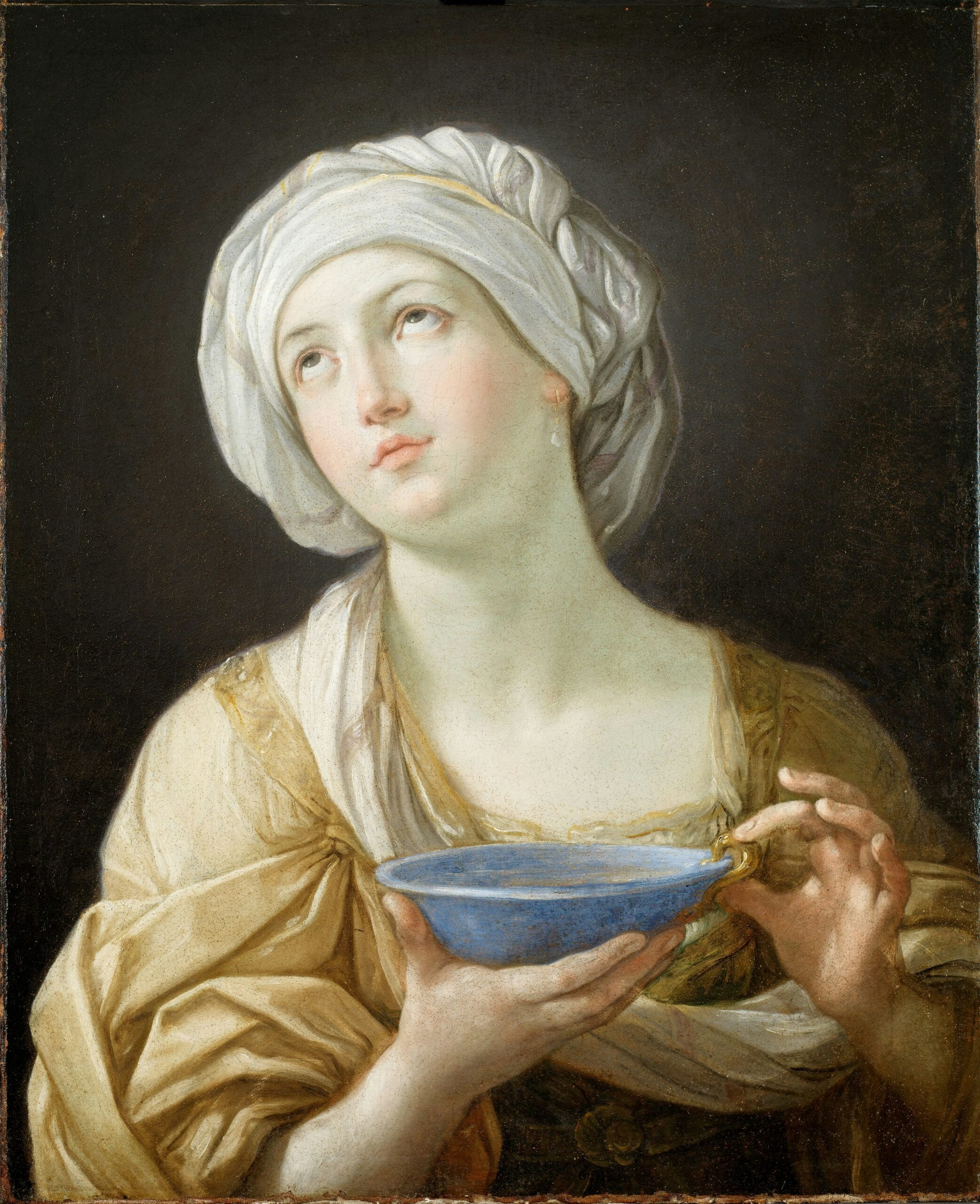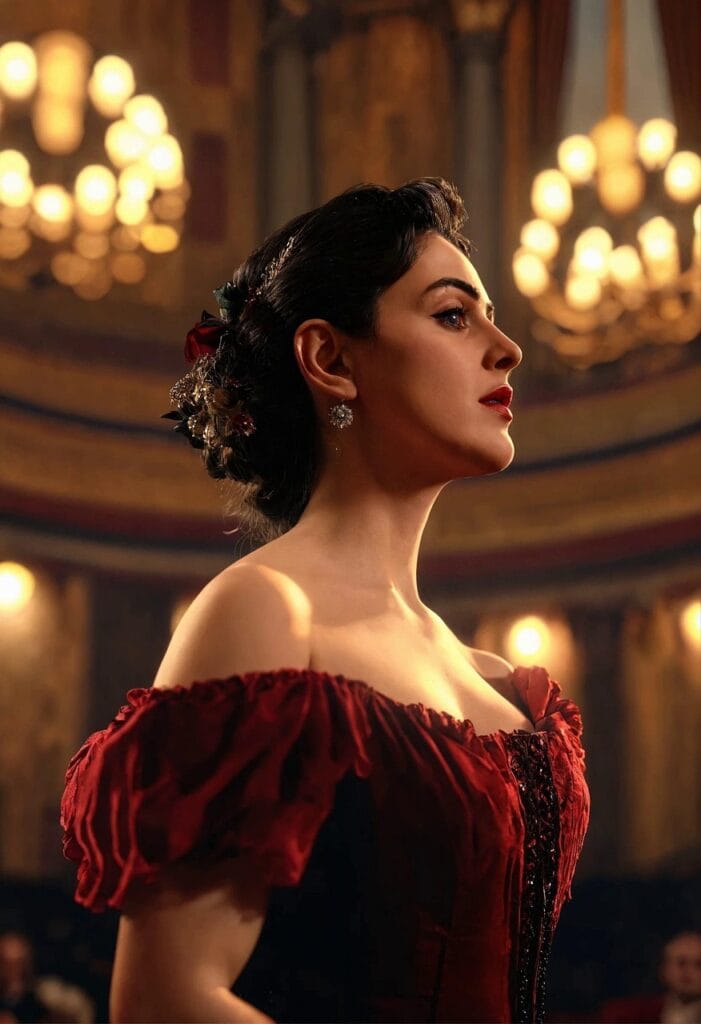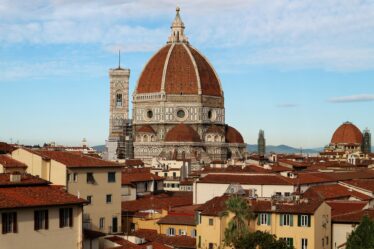

Uncovering a Hidden Renaissance Masterpiece at the Carnegie Museum of Art in Pittsburgh
What was once dismissed as a minor Victorian-era copy has now been revealed to be a Hidden Renaissance Masterpiece. Thanks to a careful and meticulous restoration, a portrait previously attributed to Alessandro Allori has undergone a complete transformation—rewriting not only its artistic value but also its place in history.
A Portrait Thought to Be a Fake
For many years, the painting sat quietly in the Carnegie Museum of Art in Pittsburgh, believed to be a 19th-century replica or even a commercial forgery. It was attributed to Alessandro Allori, a disciple of the great Bronzino, but curators considered it a “period crust”—a term used to describe artworks that had been overpainted or altered to suit the aesthetic preferences of another time. In this case, the Victorian era.
At one point, museum staff were ready to deaccession the work, assuming it held little to no authentic historical value. The belief was that it had been altered and beautified simply to appeal to Victorian tastes and sell more easily on the market.
Hidden Renaissance Masterpiece Revealed
However, a deeper technical examination led to a surprising revelation. Underneath layers of 19th-century overpainting—particularly on the face and hands—restorers discovered something far more significant.
During the Victorian period, someone had modified the original portrait to make the female figure appear younger, more delicate, and more attractive—presumably to increase its commercial value. But when these superficial layers were carefully removed, the Hidden Renaissance Masterpiece beneath came to life.
The original image revealed a mature woman with strong features, notably large hands, and an alabaster vase. Experts now believe the sitter may be none other than Isabella de’ Medici, a prominent figure of Florentine nobility. The restored painting reflects the refined quality and stylistic elements characteristic of 17th-century Florentine art.
A Triumph of Restoration and Technology
This extraordinary transformation demonstrates how conservation and art technology can dramatically shift our understanding of the past. The newly restored painting was included in the exhibition “Faked, Forgotten, Found” at the Carnegie Museum of Art. This show focused on artworks that had been misattributed, misunderstood, or neglected over the centuries.
This story serves as a compelling example of how restoration isn’t just about cleaning a canvas—it’s about rediscovering truth, reclaiming beauty, and preserving authenticity. It’s a testament to the evolving nature of art history and the power of modern techniques to recover the Hidden Renaissance Masterpiece buried beneath centuries of misconception.
Before and After: A Visual Revelation
The transformation is striking. A comparison photo released by the museum shows the before-and-after state of the painting, clearly highlighting the difference between the overpainted Victorian features and the now-visible original Renaissance figure.
This is not just a restoration—it’s a resurrection. The Carnegie Museum of Art has given new life to a piece once believed lost, adding a priceless gem to its collection and proving once again that art is full of hidden stories waiting to be told.
Learn More About Art Restoration and Discoveries
To explore more stories like this one, visit:



